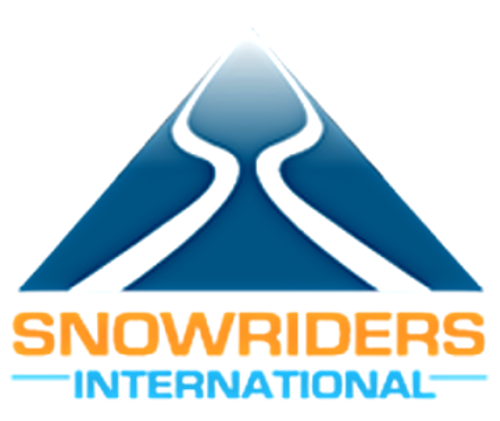At some point every September, I vow to get in shape for ski season. I plan to rebuild my stamina and the strength in my legs so that this year my first summit of the Aspen Highlands Bowl is less painful and I spend fewer Mondays hobbling around the office. So far, this fall-bootcamp method of preparing for the season has not yielded very impressive results. I procrastinate, I get busy, and suddenly the first snow is falling and despite my best intentions I'm still winded and fatigued by the end of my first day.
I stay in pretty good shape year round - I hike, bike and run, when I can't be skiing - but despite this, the physical intensity of skiing takes it out of me anew every November. Although I stay active, my other sports don't maintain the core and leg strength necessary for strenuous skiing. And beyond a little body-weight training and extremely intermediate yoga, I've never been able to maintain much of a strength routine. Clearly my attempts to frantically generate one every fall haven't been working.
This year, I'm doing it differently. It's a lot easier to stay in shape than it is to get back in shape, so rather than trying to rebuild in the fall, I'm starting now.
I've done my research, I've bought some protein powder, I'm off to a good start. Join me in staying fit this summer, and vowing to start next season off in better shape than I'm ending this one!
Here are three areas to focus on in your quest for sweet off-season gains:
1. Strength: Legs and Core
Both skiing and snowboarding build muscles in your legs, core and arms. Maintain your strength throughout the summer by incorporating weight training into your routine 2 -3 times per week. Focus on exercises that work your glutes, quads, abs, and back. If you've noticed any particular areas of weakness during the season, you can begin by targeting those areas. I've had some knee troubles this winter, so I've been strengthening my hamstrings in order to help stabilize and protect my joints.
If you don't have access to a gym, body-weight exercises like squats, lunges, and planks are a good place to start. Biking is also an excellent way to maintain these muscles in the off-season, but challenge yourself with hilly terrain or shorter rides at high resistance on a stationary bike to build strength.
2. Plyometrics and Balance
One of the main reasons that skiing and snowboarding are so strenuous is that both require repeated explosive motion. Turning through deep snow is like hopping back and forth between your edges and requires both balance and agility. Include plyometric training at the end of your strength work outs this summer to build the strength, speed and explosiveness of your turns.
Plyometric exercise included repeated explosive motion like jumps and leaps. A simply plyometric exercise that requires no equipment is the "ski jump," where you jump, feet together, laterally back and forth over a line, kind of like you're skiing. You can also use a step or low wall to jump up and then down from. Always land softly and try not to pause between jumps until your set is complete.
Yoga is also a great off-season activity, as it will help improve flexility and balance.
3. Cardio and Stamina
Finally, the last piece of maintaining and improving your fitness during the off-season, is working on your cardiovascular fitness. Skiing requires a lot of stamina, frequently at high altitude, so cardio and endurance training are key. Running, biking and swimming are all great options, but really anything that gets your heart pumping for an hour or so a three to five times a week is excellent. Alternate between doing slow/long-distance sessions and high intensity interval training (HIIT) work outs to maximize your results.
With this plan in place, I'm feeling much more confident about my fitness for next winter. In fact, after focusing on these three areas all summer, I assume I'll be forgoing chairlifts altogether next season!
Let us know how you plan to prep for next season in the comments! Do you have a tried-and-true method or an inovative new plan?

